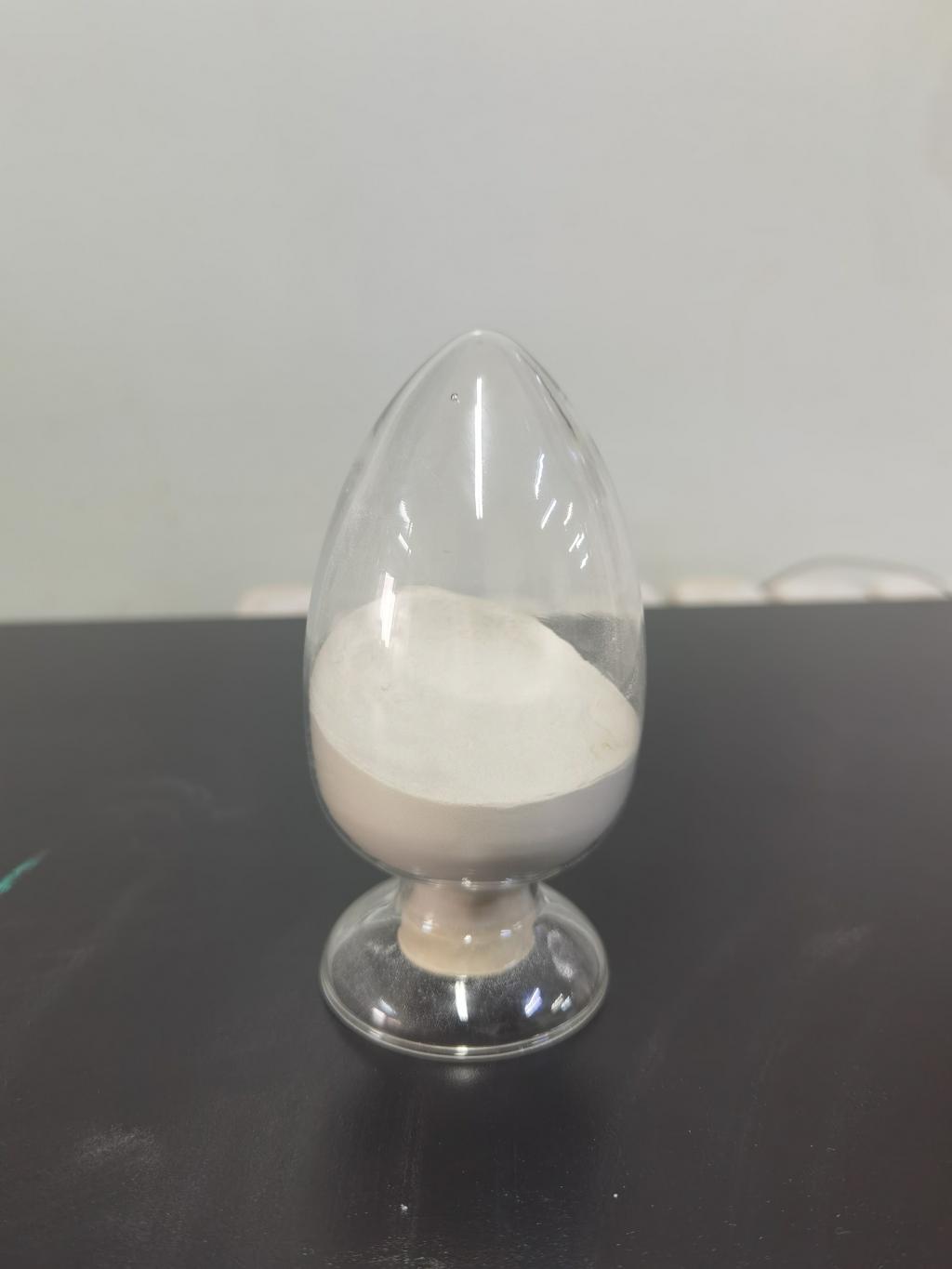Tel:+8618231198596

News
 CONTACT
CONTACT
 CONTACT
CONTACT
- Linkman:Linda Yao
- Tel: +8618231198596
- Email:linda.yao@dcpharma.cn
- Linkman:CHARLES.WANG
- Department:Overseas
- Tel: 0086 0311-85537378 0086 0311-85539701
News
Enhancing food safety and shelf life with Nisin.
TIME:2024-04-16
Understanding Nisin:
Nisin, a polycyclic antibacterial peptide, is produced by certain strains of lactic acid bacteria, notably Lactococcus lactis. Its discovery dates back to the early 20th century, and since then, it has been extensively researched and approved for use as a food preservative in many countries worldwide. Nisin operates by disrupting bacterial cell membranes, specifically targeting Gram-positive bacteria, including notorious pathogens such as Listeria monocytogenes and Staphylococcus aureus, while sparing beneficial bacteria and most Gram-negative organisms.
Applications in Food Safety and Shelf Life Extension:
Dairy Industry:
Dairy products are prone to microbial spoilage due to their nutrient-rich composition. Nisin finds widespread application in preserving cheeses, yogurts, and other dairy items. By inhibiting the growth of spoilage bacteria and pathogens, nisin extends the shelf life of these products without compromising their taste or texture. Moreover, its compatibility with dairy processing conditions makes it an indispensable tool for ensuring the safety and quality of dairy offerings.
Meat and Poultry Processing:
The meat and poultry industry faces significant challenges in controlling microbial contamination, which can lead to foodborne illnesses. Nisin plays a pivotal role in mitigating this risk by inhibiting the growth of pathogenic bacteria such as Salmonella and E. coli. Incorporating nisin into meat coatings, marinades, or packaging materials provides an additional layer of protection, thereby enhancing food safety and prolonging shelf life throughout the supply chain.
Canned Foods:
Canned foods are susceptible to contamination by heat-resistant bacteria such as Clostridium botulinum, posing a serious health hazard if not properly managed. Nisin offers an effective solution by preventing the growth of these harmful microorganisms. Whether added to the canning liquid or directly incorporated into the food matrix, nisin serves as a safeguard against microbial spoilage, ensuring the safety and longevity of canned products.
Bakery and Confectionery:
Despite their low moisture content, bakery and confectionery products are not immune to microbial spoilage. Nisin can be incorporated into doughs, batters, or coatings to inhibit the growth of spoilage organisms and extend the shelf life of baked goods. Its ability to target a broad spectrum of bacteria makes it an attractive choice for preserving the freshness and quality of bread, cakes, and other baked delicacies.
Benefits and Challenges of Nisin Utilization:
The utilization of nisin as a food preservative offers numerous benefits, including:
Enhanced Food Safety: By targeting pathogenic bacteria and spoilage organisms, nisin helps reduce the risk of foodborne illnesses, thereby safeguarding public health.
Extended Shelf Life: Nisin's ability to inhibit microbial growth prolongs the shelf life of perishable foods, minimizing food waste and optimizing inventory management.
Natural and Sustainable: As a naturally occurring peptide, nisin aligns with consumer preferences for clean label ingredients and sustainable food production practices.
However, several challenges accompany the use of nisin in food preservation, including:
Regulatory Compliance: Adherence to regulatory standards and maximum allowable levels of nisin in food products is essential to ensure consumer safety and regulatory compliance.
Microbial Resistance: Prolonged exposure to sublethal concentrations of nisin may lead to the development of resistance in target bacteria, necessitating vigilant monitoring and judicious use.
Future Directions and Innovations:
Continued research and innovation are essential to unlocking the full potential of nisin in food safety and shelf life extension. Future directions may include:
Combination Approaches: Exploring synergistic effects of nisin with other antimicrobial agents or preservation techniques to enhance efficacy and broaden applicability.
Targeted Delivery Systems: Developing novel delivery systems to improve the stability and bioavailability of nisin in food matrices, thereby maximizing its antimicrobial activity.
Conclusion:
In conclusion, nisin represents a versatile and effective tool for enhancing food safety and extending shelf life across diverse segments of the food industry. Its proven efficacy against pathogenic bacteria and spoilage organisms, coupled with its natural origin and regulatory approval, make it a preferred choice for food manufacturers seeking to deliver safe, high-quality products to consumers. By harnessing the power of nisin, the food industry can continue to innovate and evolve in its mission to ensure the safety, integrity, and longevity of the global food supply.
- Tel:+8618231198596
- Whatsapp:18231198596
- Chat With Skype







